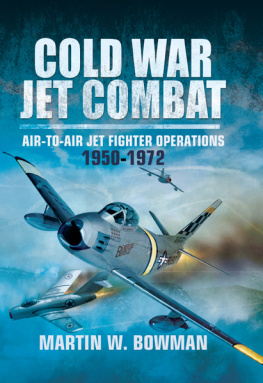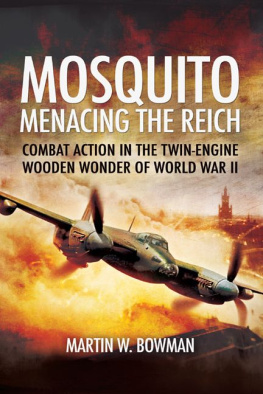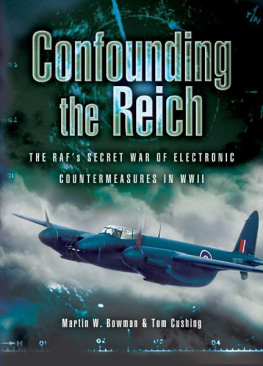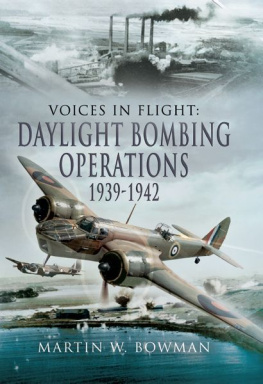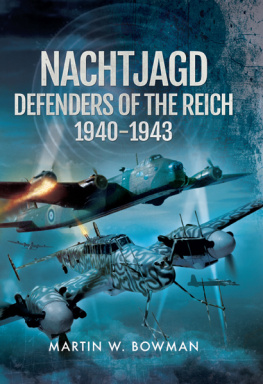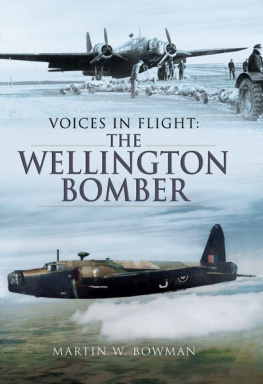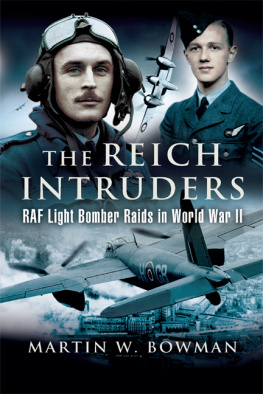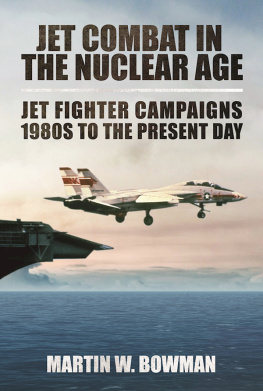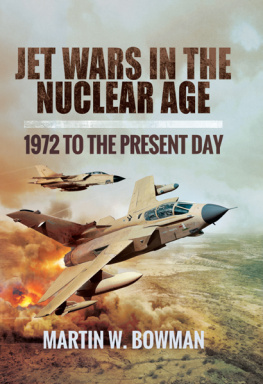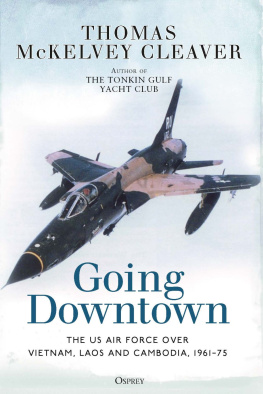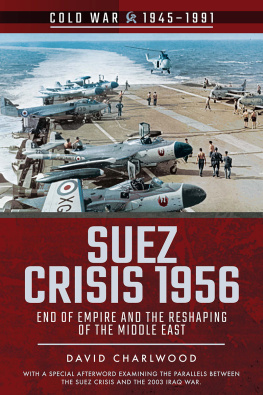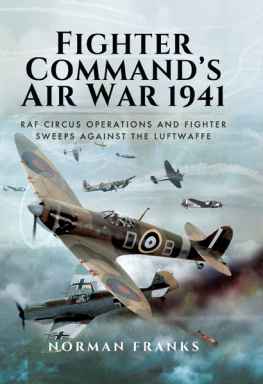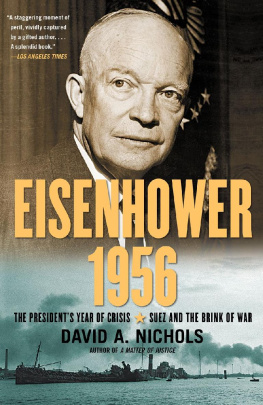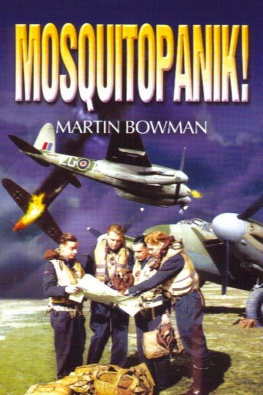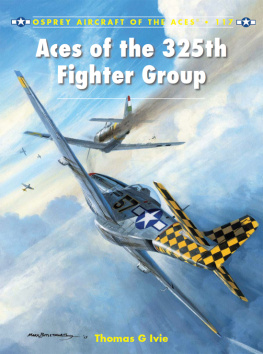First published in Great Britain in 2016 by
Pen and Sword Aviation
An imprint of
Pen & Sword Books Ltd
47 Church Street
Barnsley
South Yorkshire
S70 2AS
Copyright Martin Bowman, 2016
ISBN: 9781473837737
PDF ISBN: 9781473874633
EPUB ISBN: 9781473874626
PRC ISBN: 9781473874619
The right of Martin Bowman to be identified as Author of this work has been asserted by him in accordance with the Copyright, Designs and Patents Act 1988.
A CIP catalogue record for this book is
available from the British Library
All rights reserved. No part of this book may be reproduced or transmitted in any form or by any means, electronic or mechanical including photocopying, recording or by any information storage and retrieval system, without permission from the Publisher in writing.
Printed and bound by Replika Press
Pen & Sword Books Ltd incorporates the Imprints of Pen & Sword Aviation, Pen & Sword Family History, Pen & Sword Maritime, Pen & Sword Military, Pen & Sword Discovery, Wharncliffe Local History, Wharncliffe True Crime, Wharncliffe Transport, Pen & Sword Select, Pen & Sword Military Classics, Leo Cooper, The Praetorian Press, Remember When, Seaforth Publishing and Frontline Publishing
For a complete list of Pen & Sword titles please contact
PEN & SWORD BOOKS LIMITED
47 Church Street, Barnsley, South Yorkshire, S70 2AS, England
E-mail:
Website: www.pen-and-sword.co.uk
Contents
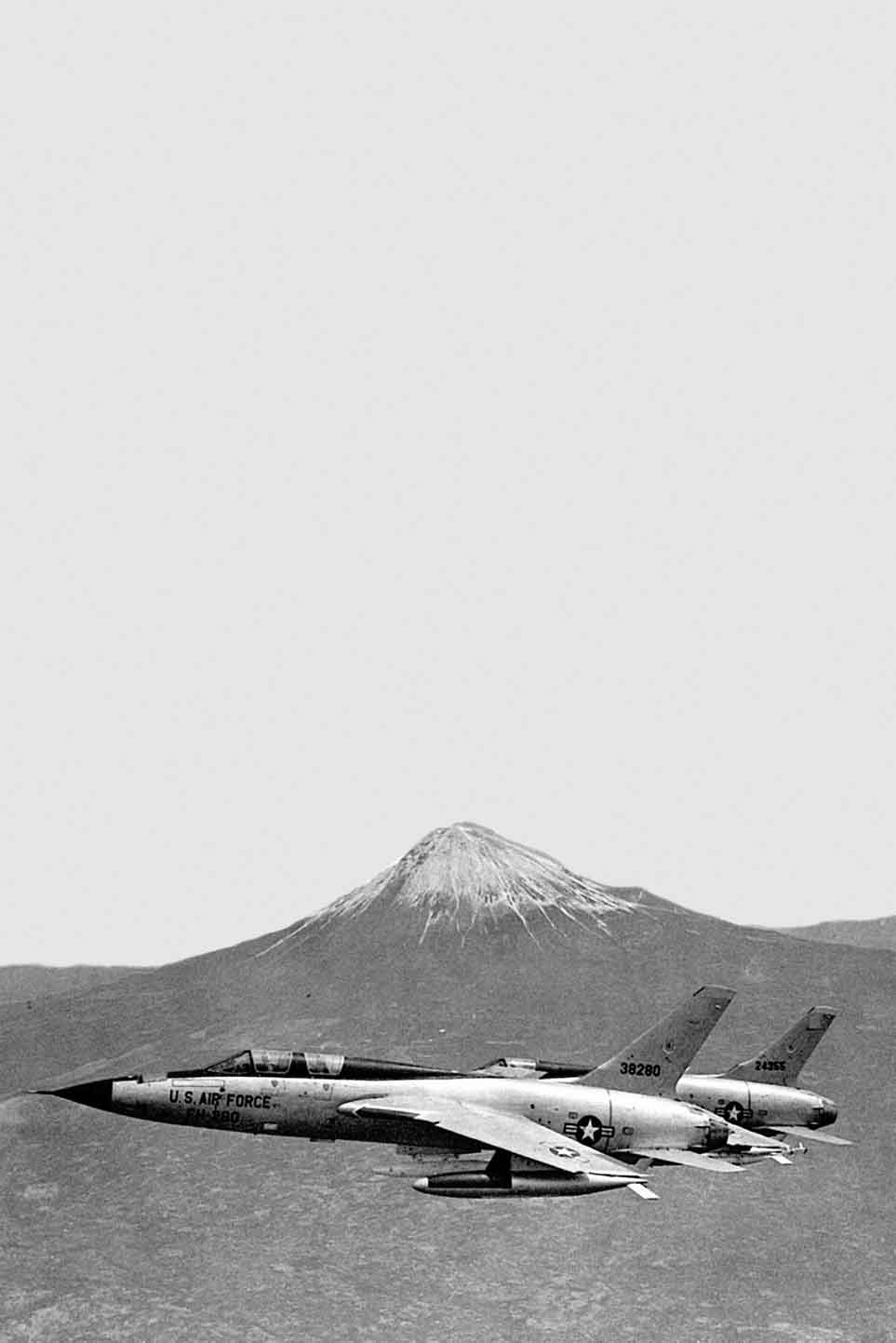
F-105 Thunderchiefs passing Mount Fuji.
Acknowledgements
My thanks also go to the late Roland H. Baker for images aboard the USS Philippine Sea during the Korean War; Larry Davis for Sabre images during the Korean War; the late Group Captain R. J. F. Dickie Dickinson AFC; Mohammed Shaukat-ul-Islam; Reg Adams.
Thanks also go to my fellow author, friend and colleague, Graham Simons, for getting the book to press ready standard and for his detailed work on the photographs; to Pen & Sword and in particular, Laura Hirst; and Jon Wilkinson, for his unique jacket design once again.
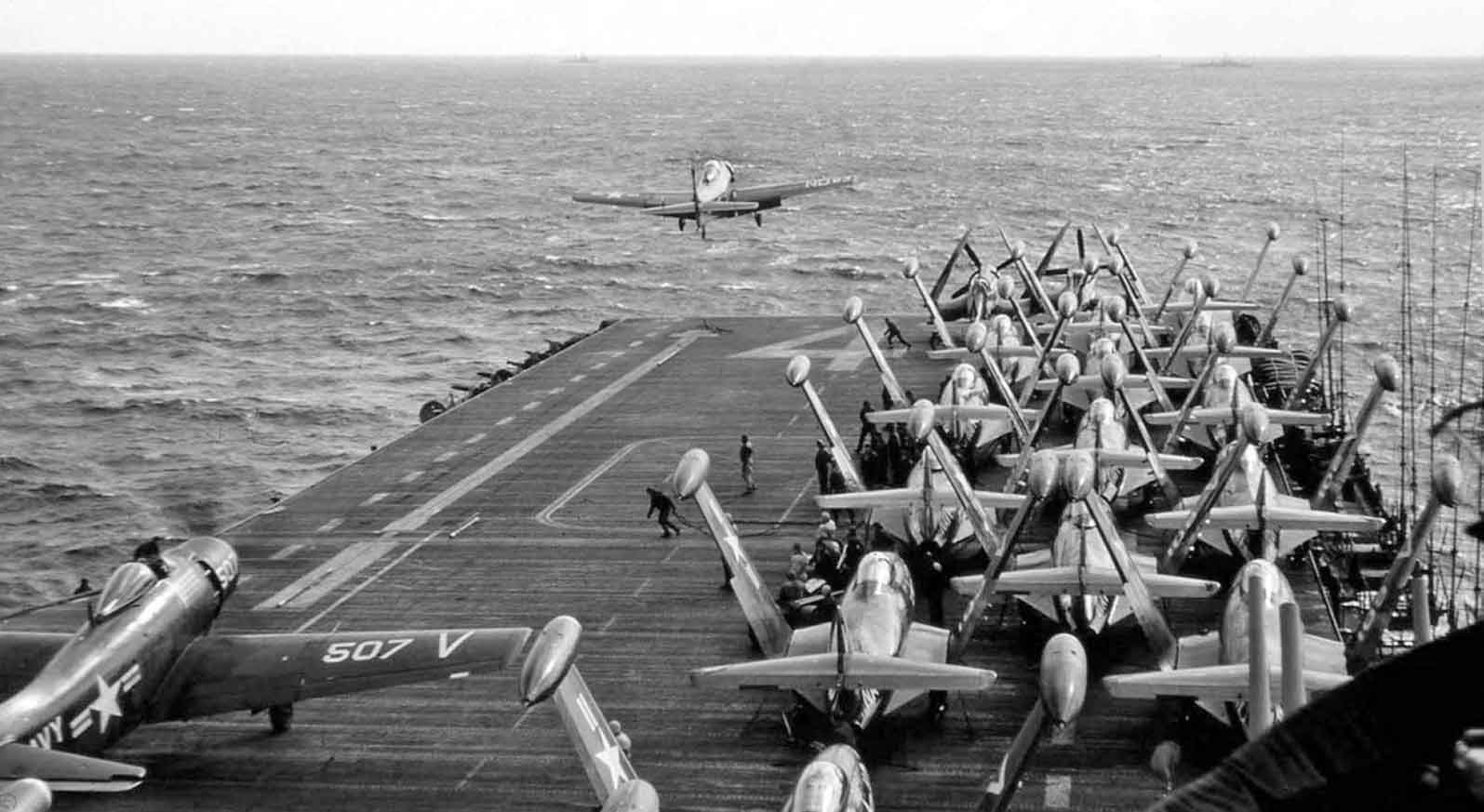
AD-4B Skyraider of VA-115 taking off from the deck of the USS Philippine Sea (CV-47) crowded with F9F-2 Panther Jets during the Korean War. Before sailing from San Diego, California on 5 July 150, the carrier embarked Air Group 11 (CVG-1); two F9F-2B squadrons (VF-111 and VF-112); two F4U-4 fighter-bomber squadrons and the AD-4 Skyraider squadron. The F9F-2 remained the US Navys first-line jet fighter throughout the first year of the Korean War. Demobilization following the Second World War had severely reduced the fighting capability of the US forces and no fewer than twenty-eight Navy and Marine Reserve squadrons were called to active duty from July to September 1950. In all eighteen Reserve squadrons made twenty-nine deployments on board carriers during the Korean War. (Roland H. Baker).
Chapter One
The First Jet War; Task Force 77: Korea
The hand of the aggressor is stayed by strength - and strength alone.
Dwight D. Eisenhower, a speech at an English Speaking Union Dinner (3 July 1951). When North Korean forces invaded South Korea on 25 June 1950 the USAF was actually at the lowest point in its strength since 1941. Ike became the 34th president of the US in 1953.
Six small silver jet fighters bearing red stars on their stubby fuselages and swept-back wings took off from the safety of their air base at Antung in Manchuria, climbed rapidly to 30,000 feet and crossed the Yalu River into North Korea. It was 1 November 1950. Five years earlier, on 2 September - VJ Day - the official surrender ceremony took place aboard the Missouri in Tokyo Bay. World War Two was finally at an end. The Japanese surrender to the Allies on 2 September 1945 created a vacuum in South East Asia and in China the Communist and Nationalist forces took up opposing stances. The US tried to mediate between the two sides and USMC squadrons were used in sporadic operations in northern China as tensions boiled over; a number of US personnel were killed. In January 1949 the Nationalist Chinese set up a government in exile on the island of Formosa (Taiwan) and in May the last of the US units left China. Tension in the area remained and it was to spread to other parts of South-East Asia. In 1945 the Soviet Union took the surrender of Japanese forces in Korea north of the 38th parallel, while the United States handled the enemy surrender south of the dividing line. Early on Sunday morning, 25 June 1950, in an attack reminiscent of Sunday 7 December 1941, peace in the land of the morning calm was shattered.
The formation of F-51 Mustangs and F-80 Shooting Stars flying on the North Korean side of the river was surprised at the devastating closing speed of the Communist jets, whose pilots only failed to destroy the American aircraft through their own inexperience. It was one of a series of setbacks UN forces had suffered since 25 June 1950 when the North Korean Army, using the false pretext that the South had invaded the North, crossed the 38th parallel, completely wrong-footing the Republic of Korea (ROK) Army and its American advisers. From the outset the North Koreans enjoyed total air superiority, although on paper the NKAF had no chance against the UN forces but the USAF aircraft available for war in Korea were ill-suited to operate in a close air support and interdiction campaign. They needed paved runways 6,000 feet long and these only existed in Japan, which meant that air operations over Korea were restricted to no more than a few minutes. Up until that fateful November day US commanders had no reason to fear the Communist air threat because only piston-engined aircraft had confronted them but intervention by China and the appearance of the Soviet-built jets in North Korean airspace dramatically changed the balance of air power at a stroke.
Fortunately, the North Koreans lacked the capability to strike back at the UN fleet off its coasts.point when the throttle was advanced, to when the engine spooled up sufficiently to accelerate the aircraft. This delay could prove fatal if a jet had to he waved off a landing at the last moment. American air superiority during 1950 meant that Korea was an ideal hunting ground for both the slower Corsair and the Skyraider in which to operate in the ground attack and interdiction roles. Flying from flat-tops, Navy and Marine units could operate in the Sea of Japan and be sent off at a point about seventy miles from the coast of Korea (the shallow sea bed off the east coast of Korea prevented them from getting any nearer).
But of the fifteen US Navy carriers embarked, was deployed to the Far East. Valley Forge and the Royal Navys light fleet carrier HMS Triumph, which with other vessels constituted Task Force (TF) 77 arrived on station in the Yellow Sea off Korea on 3 July. At 0545 hours the first strike by TF 77 went ahead when sixteen of VF-53 and VF-54s F4U-4s and twelve AD Skyraiders of VA-55 took off to hit North Korean lines of communications, railway bridges, rail yards, airfields and roads near the North Korean capital, Pyongyang. Thirty F9F-3 Panthers of VF-51 Screaming Eagles provided top cover for the Corsairs and Skyraiders and thus became the first jet fighters in the US Navy to go into action.
Two F9F-3 pilots, Lieutenant (junior grade) Leonard Len H. Plog who flew the SB2C Helldiver in WWII and Ensign Eldon W. Brown, each destroyed a NKAF Yak-9 fighter in addition to destroying two more on the ground. Carrier Air Group Commander (CAG) Commander Harvey Lanham led the Panthers. Brown recalled: We were a mix of older and younger Navy pilots. The Navy did not yet have a combat aircraft with swept wings, nor did it have a lead-computing gunsight. The F9F-3 was armed with four 20 mm cannon but was not yet fitted with pylons to carry ordnance. Plog recalled: You could certainly accuse me of bridging the gap between props and jets. I was on another jet pilots wing as our Panthers approached Pyongyang at 16,000 feet. In contrast to the brightness of the day, Pyongyang was cloaked in industrial smoke, soot and haze. There were no obvious muzzle flashes or tracers, but our pilots believed they were fired upon once we were within a few miles of the city. When we arrived over the North Korean airfield well ahead of the Corsairs and Skyraiders, CAG Lanham went down on the deck and strafed a transport plane on the edge of the airfield. I watched Lanhams cannon shells stir up the area around the transport, which may have been a Tachikawa Ki-54 Army Type 1 Hickory, inherited by the North Koreans from Japanese forces during WWII. Lanhams hits punctured the transport and kicked up dust but started no fire. I doubt that plane ever flew again. We made a strafing run. Lanham led the Panthers in circling the airfield and returning for a second strafing run. Some of the WWII veterans in the air that day thought this was risky.
Next page
